Course Overview
This course is being designed for a Grade 8/9 split ELA class within a quad-split ELA classroom. The central theme for the course is Identity – “All That I Am – In Search of Self.” The students will explore this theme through the novel The Outsiders by S.E. Hinton. By the end of the unit, the students will be able to understand and respond to these questions with reference to the novel and a variety of grade-level texts and make connections to their personal lives and experiences while defining their own sense of identity. The course will have students work through 8 lessons to read the novel and explore the idea of identity – their own and the characters within the novel. The course will take 6 to 8 weeks to complete.
The Learners

Photo by Max Fischer from Pexels
This specific course is being designed for Grade 8 and 9 students I will be teaching in September 2023. It is important to know that these students learn in a four-grade split classroom ranging from grades 6 to 9. There are 15 students in the class – 2 Grade 6, 4 Grade 7, 4 Grade 8, and 3 Grade 9. Together, this is a diverse group of students, with some students requiring specific learning needs – IIPs, Individual Outcome Plans (IOP), Collaborative Team Plans (CTP), accommodations and modifications, and vision and speech supports.
The grade 8 and 9 group of 7 students have a range of abilities. One student in the group is diagnosed as having Diverse Needs and requires support for receptive and responsive language. We have and will continue to use technology to support these needs throughout this unit (ie. video, discussion, artwork, etc.) Students within this group have a range of reading and writing abilities. At least one student is achieving well below grade level, requiring alternative ways of accessing texts and content and demonstrating understanding, and the others achieve at or above grade level. Five students live outside of the school community on farms and are bused into school.
Course Format
This course will be a blended learning format and include synchronous and asynchronous components. Students will be at school for both, either in the classroom or in alternative workspaces. Synchronous activities will be face-to-face with the teacher and their classmates and will include discussions and whole group lessons and instructions, depending on the needs of the students and the nature of the content. The course will include the following unit lessons:
Lesson 1 – Who Am I? – Exploring the Theme of Identity
Lesson 2 – Setting the Stage for the Novel – The Outsiders
Lesson 3 – Chapters 1 to 3: Characterization
Lesson 4 – Chapters 4 to 6: Choices and Consequences
Lesson 5 – Chapters 7 to 9: Symbolism
Lesson 6 – Chapters 10 to 12: A Closer Look at Theme
Lesson 7 – Identity Final Project
All lessons will involve both asynchronous and synchronous activities and tasks, and students will have opportunities to work independently, in partners, in small groups, and as a whole class.
Course Tools
For all the classes I teach, I use Microsoft Teams as the format for the online learning components of my blended learning environment. This is the platform chosen by my division and familiar to the students I teach. Therefore, I have decided to build my course in Teams, using Class Notebook to house the content of the course.
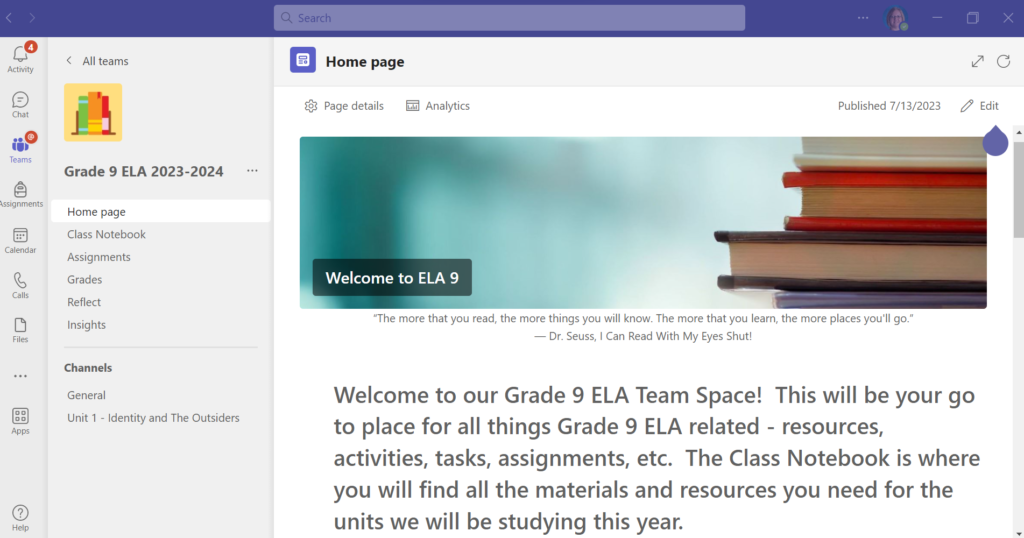
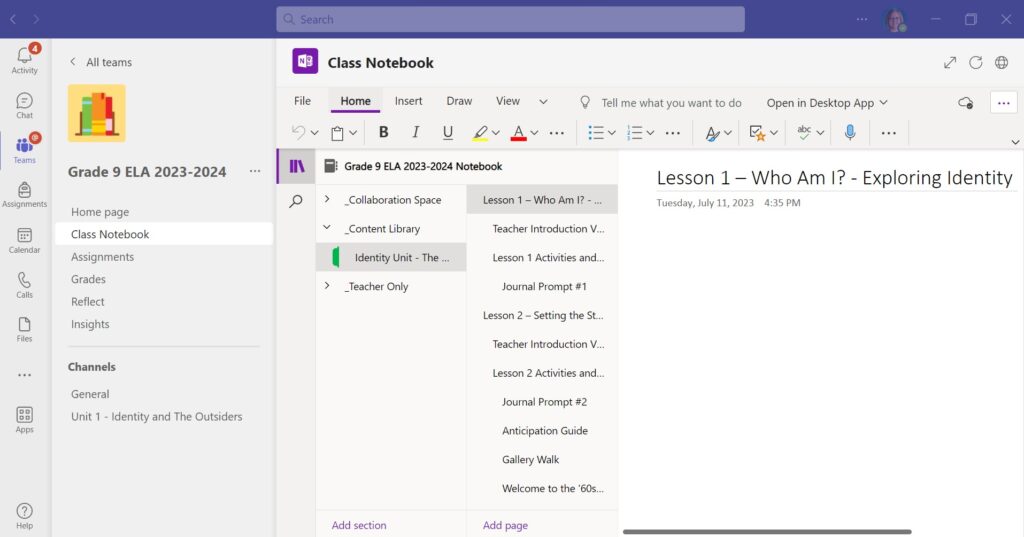
I will use the various features of Teams during this course such as Teams Chat, Assignments, and Channels to communicate with students and have students submit their work. Class Notebook also has Immersive Reader and Dictate features to support student learning needs, and it enables me to review student work and progress within the course lessons and assignments.
Course Toolset
While Microsoft Teams will be the main platform for this course. There are a number of other tools I will use. The following is a slideshow of the other tools the students will use throughout the course.
Course Content and Learning Objectives
Content
This unit will focus on the theme of identity through the study of the novel The Outsiders by S.E. Hinton. The students will explore the idea of identity and who and what influences who we are. Through the study of the novel, students will reflect upon how influences, choices, and the environment impacted the character’s identities and apply this understanding to their own sense of who they are. The novel study will also enable us to look closer at the impact of stereotyping and assumptions on our identity. The students will end the unit with a choice project related to their personal identity and connecting it with the characters in the novel. For this unit, we will focus on the following theme questions:
- From where does our sense of identity come?
- What makes each person unique and interesting?
- How do people express their individuality?
- How do people change as they journey through life?
- How do we keep our self-identity yet, at the same time, become
part of a community?
Learning Outcomes
As this is a split-grade unit, I have included the main outcomes for Grades 8 and 9. Numerous ELA outcomes will be covered and assessed throughout the entire unit; however, the following are the focus outcomes of the Lesson I will be designing for this assignment.

Assessment Strategies
Assessments throughout the unit will be both formative and summative and provide a variety of ways for students to receive feedback and demonstration their knowledge and understanding.
Formative Assessments
Formative assessments will involve the exploration and knowledge-building activities the students will work through during their asynchronous work and tasks. These tasks will support students in their participation and completion of their summative assessments. Formative assessments will include:
- Collaboration boards
- Anticipation guides
- Jigsaw activities
- Nearpod lesson activities
- Video responses using Edpuzzle
- Journal responses
- Reading comprehension questions
Summative Assessments
Summative assessments will occur during and after the synchronous component of this unit, where students will have an opportunity to share, synthesize, and build on the knowledge they created during their asynchronous activities and tasks. The summative assessments will include:
- Discussions and Lesson and Discussion Reflections – criteria will be created with students and discussions will be assessed. Students will also complete a lesson and discussion reflection and a self-assessment.
- “Big” Idea Questions – Each lesson will conclude with a big question students will answer related to the novel, the focus of the lesson, and the unit theme. Students will have a choice to complete this as a written assignment or to record their responses on Flipgrid. These questions will be completed after discussions.
- Lesson Final Tasks – each lesson will have a summative task students will be responsible for. This will include tasks related to character development, symbolism, and theme.
- Quizzes and Tests – students will have quizzes and a final test for the novel.
- Final Project – the final project for this unit will involve a choice board and will require students to synthesize their learning and understanding of the theme of identity in relation to the novel and themselves.
All assessments will be modified to meet the needs of the students. They will have options to record, write, or create visual representations of their responses. Also, the diversity of assessments used will also help support the needs of the students.
Considerations for Common Concerns
While there are numerous concerns related to moving to a blended/online learning environment and format, the following are some concerns I may encounter and be able to address.
Attendance: Attendance seems to be a common concern across all divisions and among educators. My building is no exception. This past year, we have seen students’ regular and consistent attendance drop for various reasons – physical illness, mental illness, family obligations, vacations, snow days, inability to get to school (ie. bus cancellations), etc. Providing content and communication online gives students the opportunity to access the content, lessons, and communications while away. Most students have the ability to access Teams and online resources through a phone, whether their own or a parent’s. This will help students stay in the loop and be prepared for our face-to-face interactions. It is my hope that providing an online component to our class will help address the issues of absenteeism in my class.
Tech Issues: Our school is due for a refresh next year, and we should be able to maintain a one-to-one ratio for access to computers. However, I always find there are issues with technology – from computer batteries not maintaining a charge, to not being able to access online learning tools because of our division’s restrictions for students. While this is improving, it is something that needs to be considered when moving students to an online format. Because I have chosen to offer a blended learning environment, some of these issues can be dealt with and mitigated face-to-face with students. But, these issues can take time away from our valued instructional and discussion time in class.

Photo by Ketut Subiyanto on Pexels
Student Independence: Working online requires a level of independence on the part of the students – from navigating the technology to working through, analyzing, and synthesizing content independently. There are diverse levels of abilities and expertise among the students, and it will be important to recognize, support, and capitalize on these. It will be important to establish expectations for students when working independently and online and vital to ensure students have networks of individuals they can access for technological and content support such as peer experts. Students will also be made aware of and encouraged to use tools to support their independent learning such as Immersive Readers and speech-to-text tools. I am hoping that multiple ways to access content (ie. print novels and audiobooks) and demonstrate their learning will support the diverse needs of my students and foster the independence they will need to work online. Furthermore, I am hoping that using an online platform familiar to my students will also help students navigate the content with some ease and independence.
Course Rationale
I currently teach English Language Arts to a grade 6/7/8/9 split class. With only a 1 hour teaching period every day, this often poses challenges of time restraints on teaching and learning time and teacher availability for each of the grade levels. While I attempt to group grades for units, I still end up teaching a minimum of two grade groupings each period. Within these grade groupings, there are also many diverse learning styles and needs.
Being able to develop units, lessons and learning activities in a blended/online format enables students to access content without direct teacher-student interaction. Students are able to read, view, and listen to texts, complete activities related to texts, and develop their comprehension and knowledge about the content. This enables me and the students to use our face-to-face time to have deeper conversations and

Photo by Max Fischer on Pexels
discussions, question, build on previous and acquired knowledge and create new understandings and knowledge related to the content. Having a blended/online learning environment where students can access content online and have face-to-face interactions, also enables me to spend more time with each group during face-to-face learning to support, facilitate and engage with the students and content and assess student progress and understanding.
A blended/online learning environment also enables me to meet the diverse learning needs and styles of my students. Providing multiple ways to access content and demonstrate learning will meet students where they are at and capitalize on their strengths while supporting their learning needs.
Link to ADDIE Template
 learned and taken away from learning and creating a course prototype!
learned and taken away from learning and creating a course prototype!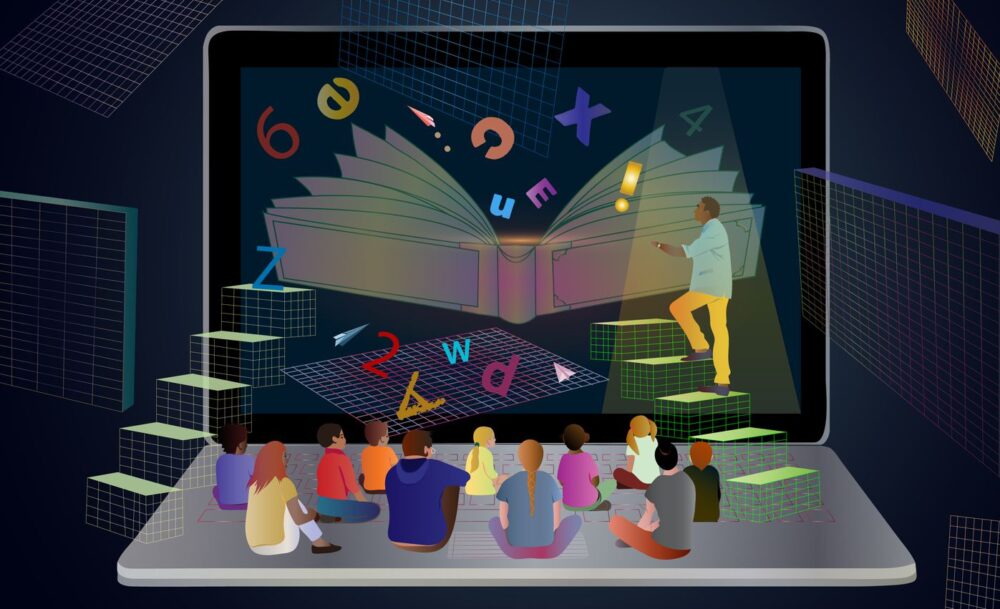
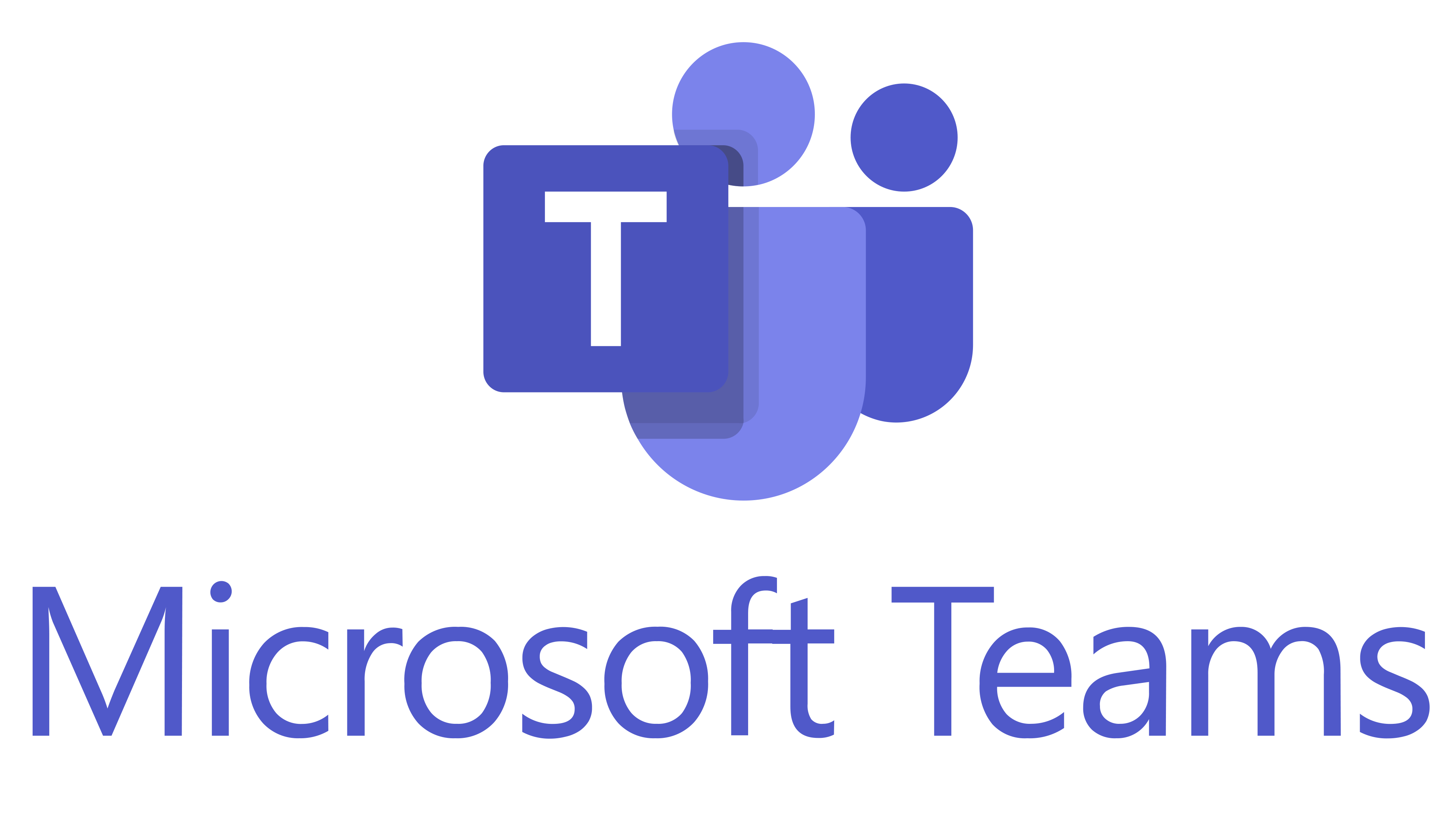 some of the tools I have used in the past – Nearpod, Kialo-edu, etc. I often don’t have the time throughout the year to work through the ins and outs of a tool. I often do the basics to make it work for my class. It was great to have the learning time.
some of the tools I have used in the past – Nearpod, Kialo-edu, etc. I often don’t have the time throughout the year to work through the ins and outs of a tool. I often do the basics to make it work for my class. It was great to have the learning time.

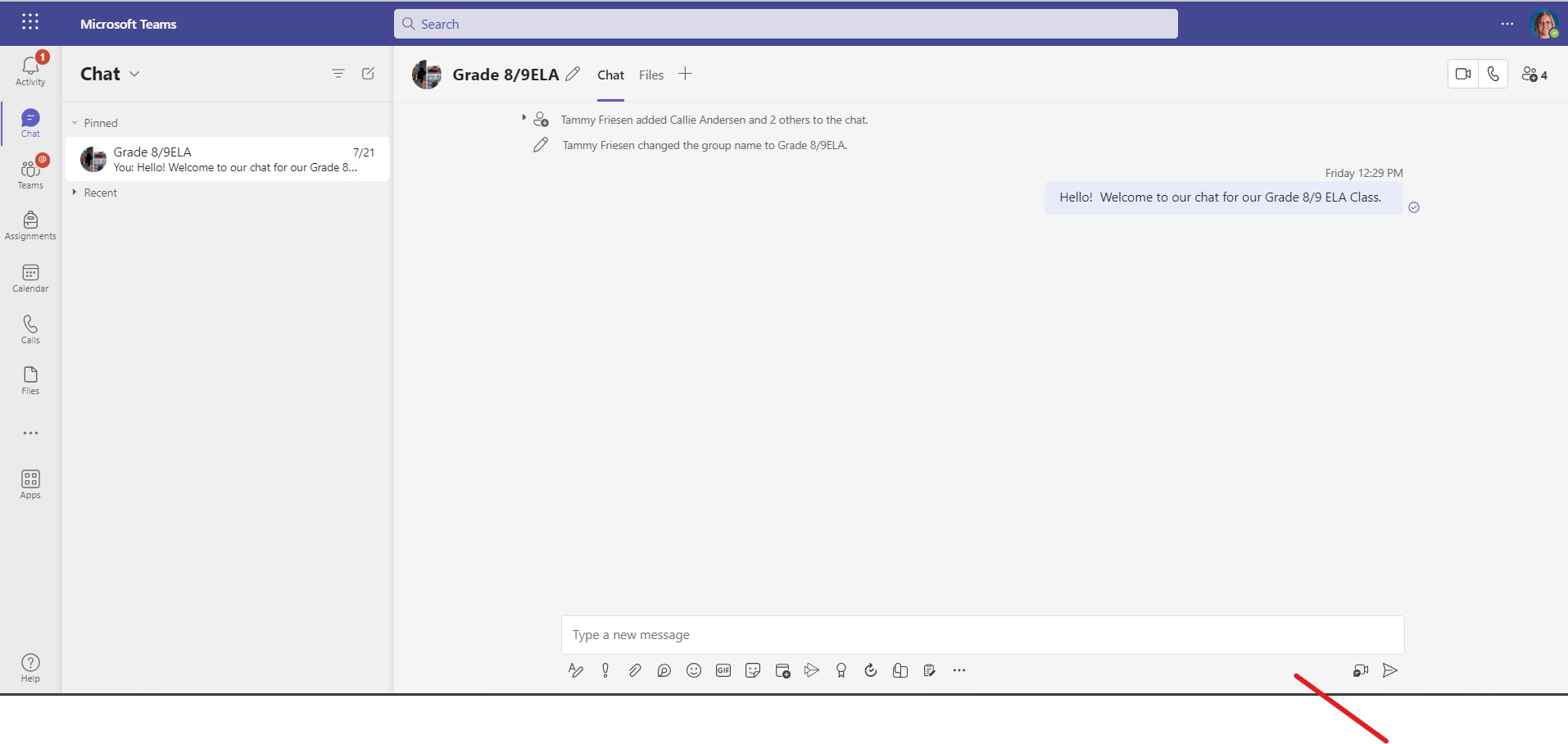
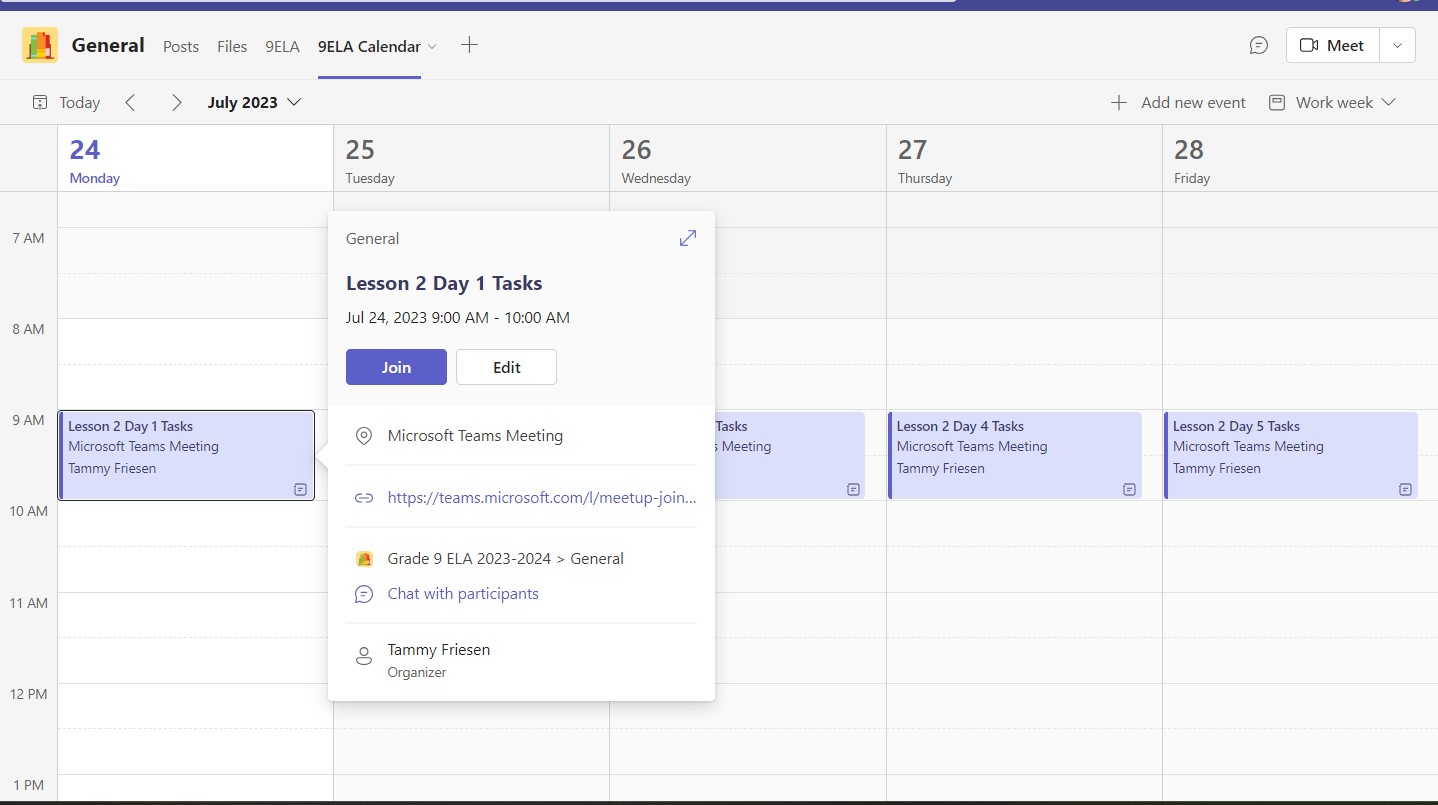
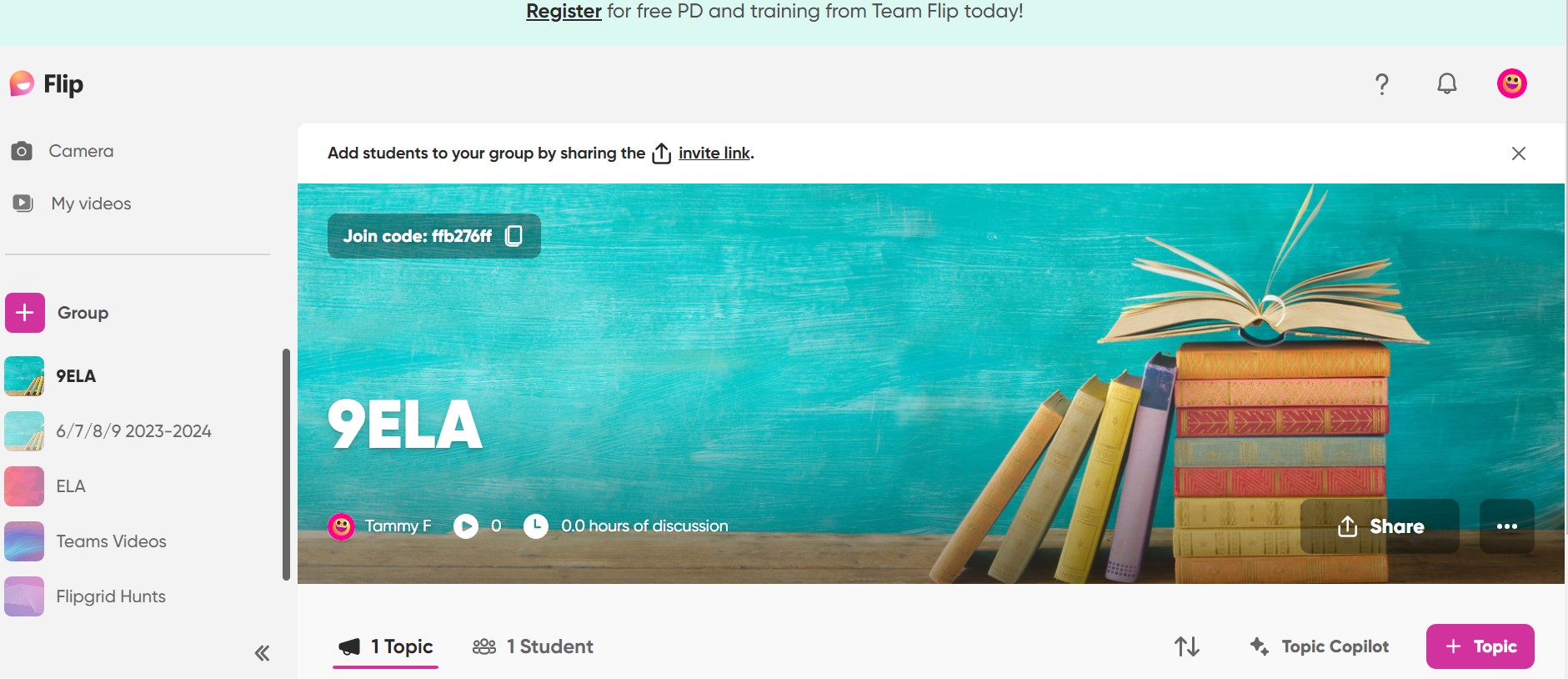 groups. Students will work in the physical and online classroom as well as other flexible seating and work environments. During interactions, students will create knowledge and share their learning and experiences, using technology such as Flipgrid and discussion forums. Lessons will be introduced with a Teacher Introduction video related to the topic of the lesson and videos will be used to give students instructions about tasks and activities.
groups. Students will work in the physical and online classroom as well as other flexible seating and work environments. During interactions, students will create knowledge and share their learning and experiences, using technology such as Flipgrid and discussion forums. Lessons will be introduced with a Teacher Introduction video related to the topic of the lesson and videos will be used to give students instructions about tasks and activities.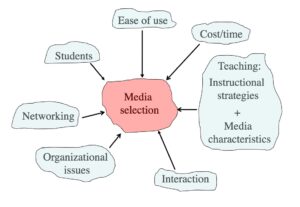
 learning environments with diverse experiences, access, knowledge, and skills of technology and with diverse learning styles and needs. We need to set aside our assumptions that our students are digitally literate and expect technology to be part of their learning.
learning environments with diverse experiences, access, knowledge, and skills of technology and with diverse learning styles and needs. We need to set aside our assumptions that our students are digitally literate and expect technology to be part of their learning.

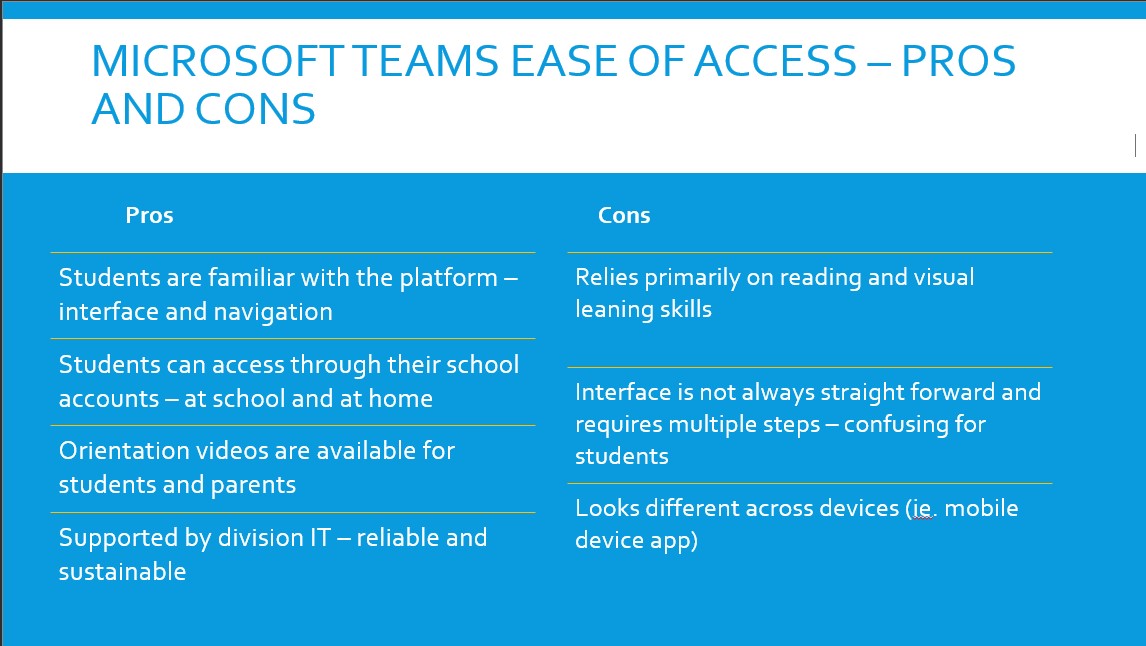
 success of all students. This will require me to provide some time upfront to walk students through the forum and have students learn its ins and outs.
success of all students. This will require me to provide some time upfront to walk students through the forum and have students learn its ins and outs.  enjoyed my experience using Lumi. While it took some navigating, I found it to be quite user-friendly, but I also feel I have just scratched the surface of Lumi with the creation of this video. I am looking forward to further exploration of all its tools and activities.
enjoyed my experience using Lumi. While it took some navigating, I found it to be quite user-friendly, but I also feel I have just scratched the surface of Lumi with the creation of this video. I am looking forward to further exploration of all its tools and activities.





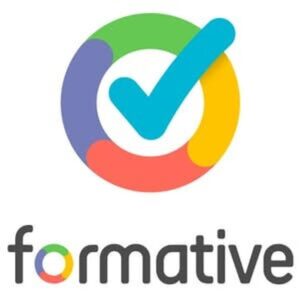
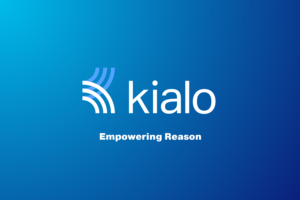
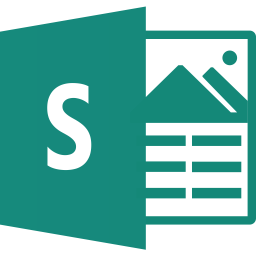


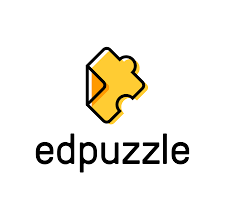
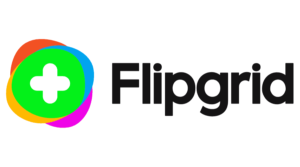



 module will be developed for the grade 8 and 9 students in my grade 6/7/8/9 split ELA classroom. For the purpose of this assignment, I am going to develop an introductory module that will focus on the theme and setting of the novel. For this unit and module, we will explore the following theme questions:
module will be developed for the grade 8 and 9 students in my grade 6/7/8/9 split ELA classroom. For the purpose of this assignment, I am going to develop an introductory module that will focus on the theme and setting of the novel. For this unit and module, we will explore the following theme questions: all grade levels during each learning period and supporting the diverse needs of the students in the classroom. While I attempt to group grade levels together for units of study, face-to-face instruction time is still one of our biggest challenges. To add to this, the students in my classroom bring with them many diverse needs that require differentiation and individualization.
all grade levels during each learning period and supporting the diverse needs of the students in the classroom. While I attempt to group grade levels together for units of study, face-to-face instruction time is still one of our biggest challenges. To add to this, the students in my classroom bring with them many diverse needs that require differentiation and individualization. thinking which leads to the creation of new knowledge. Having a knowledge base coming into a discussion will enable us to use our face-to-face time for questioning, deeper thinking, synthesis, and analysis of the theme and novel, building and creating new knowledge that will engage and stick, rather than consuming lecture-style learning.
thinking which leads to the creation of new knowledge. Having a knowledge base coming into a discussion will enable us to use our face-to-face time for questioning, deeper thinking, synthesis, and analysis of the theme and novel, building and creating new knowledge that will engage and stick, rather than consuming lecture-style learning. has always been a passion for me, and I realize that there is always more to learn in the ever-changing landscape of technology. I have seen the gambit of changes in technology from overhead projectors to tv and VCRs, to document cameras, projectors, Google Classroom, Microsoft Teams, screencasting, and video streaming. It has been a journey of discovery and learning.
has always been a passion for me, and I realize that there is always more to learn in the ever-changing landscape of technology. I have seen the gambit of changes in technology from overhead projectors to tv and VCRs, to document cameras, projectors, Google Classroom, Microsoft Teams, screencasting, and video streaming. It has been a journey of discovery and learning. This online and blended learning also extended into my professional development and has opened doors to opportunities that were not accessible to me at the start of my teaching career – such as virtual PD, attending digital summits, and professional reading book clubs, etc.
This online and blended learning also extended into my professional development and has opened doors to opportunities that were not accessible to me at the start of my teaching career – such as virtual PD, attending digital summits, and professional reading book clubs, etc. and programs (free versions seem to be disappearing), and the viability of the technology available to my students. We have extension cords running all over the place in my classroom most days to keep our outdated computers running! Sometimes, straight lecture-style teaching is faster than blended learning; however, definitely not always as effective or sticky as using engaging technology and tools. There is also a constant need to learn and explore all that is available and to stay up to date, which can be time-consuming in an already heavy workload.
and programs (free versions seem to be disappearing), and the viability of the technology available to my students. We have extension cords running all over the place in my classroom most days to keep our outdated computers running! Sometimes, straight lecture-style teaching is faster than blended learning; however, definitely not always as effective or sticky as using engaging technology and tools. There is also a constant need to learn and explore all that is available and to stay up to date, which can be time-consuming in an already heavy workload.